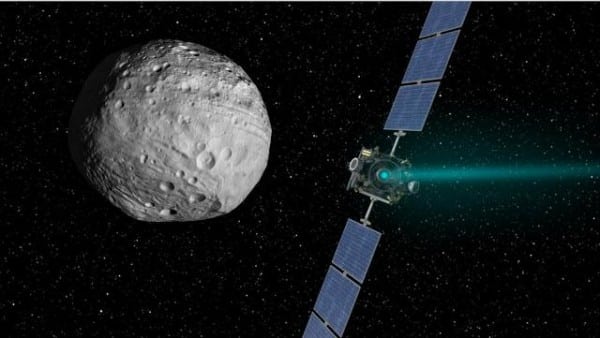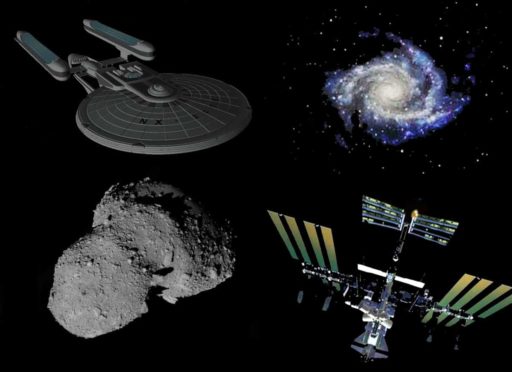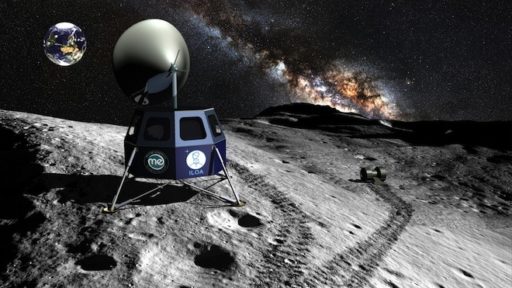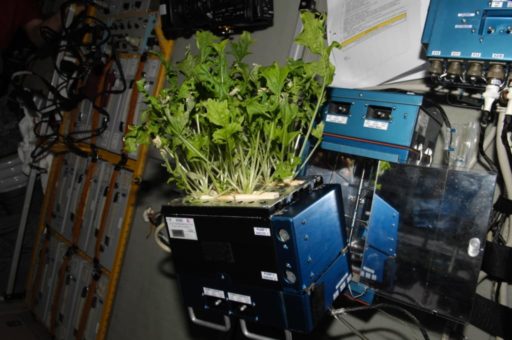With the help of the German Aerospace Center (in short Deutsches Zentrum für Luft- und Raumfahrt; DLR) and its Mobile Asteroid Surface Scout (in short MASCOT) lander, the Japan Aerospace and Exploration Agency (in short JAXA) will be making its second mission via Hayabusa 2 to collect samples from 162173 1999 JU3 asteroid’s surface. The purpose of this mission, according to New Scientist, is to find out the answer of fundamental questions about the origins of life on Earth, the best targets for space mining and how to deflect a threatening space rock. The mission is supposed to launch in 2014.
JAXA’s Hayabusa (はやぶさ?, literally “Peregrine Falcon“) was launched on May 9, 2003 with a detachable minilander, MINERVA, so that it could bring a sample of materials from a small near-Earth asteroid named 25143 Itokawa to Earth for further analysis. It successfully came back to earth 13 June, 2010, with some sample material of 25143 Itokawa, but unfortunately Hayabusa hit with a number of technical issues during its travels.
Like its predecessor, Hayabusa 2 will have the same mission of collecting samples and acquiring measurements from 162173 1999 JU3 asteroid’s surface; but this time it will use the German-built MASCOT weighing 22 pounds (10 kilograms). MASCOT will be equipped with a special mechanism to maneuver around the rocky terrain of 162173 1999 JU3 that will allow it to physically hop between study sites rather than rolling. The Hayabusa-2 spacecraft will shoot impactor missiles at the asteroid and acquire some samples through suction nozzle. When Hayabusa-2 spacecraft will land on 2018, MASCOT will spend 16 hours on the surface .
Source : German Aerospace Center (DLR)
Thanks To : New Scientist
[ttjad keyword=”dslr-camera”]




